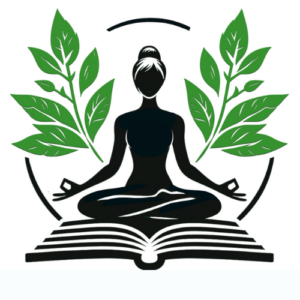|
In part 2 of “The Tree of Yoga”: The tree and it’s parts, Iyengar delves deeper into the various aspects of yoga practice, illuminating how each component—from physical postures to breath control to meditation—is intricately connected, forming a comprehensive system for self-transformation. He begins by exploring asana (posture) practice, describing it not merely as physical exercise, but as a form of moving meditation that requires awareness, effort, and reflection.
Iyengar’s explanation of asana practice is particularly insightful. He describes how proper alignment in postures creates a state of “meditation in action,” where body, breath, and mind work in perfect harmony. This concept challenges the common perception of meditation as a purely seated, still practice, and invites readers to consider how they might bring meditative awareness into their physical yoga practice.
Iyengar then moves on to pranayama (breath control), presenting it as the crucial bridge between the physical and spiritual aspects of yoga. He explains how conscious breathing can influence both body and mind, and how it prepares the practitioner for deeper states of meditation. Iyengar’s description of the physiological and energetic effects of pranayama provides a scientific backdrop to this ancient practice.
Pratyahara (sense withdrawal) is presented as the next step in the yogic journey. Iyengar explains how this practice cultivates inner focus and discrimination, allowing the practitioner to observe their own mental processes more clearly. He provides practical examples of how pratyahara might be experienced in daily life, making this abstract concept more accessible to the reader.
The higher practices of dharana (concentration) and dhyana (meditation) are described as natural outcomes of dedicated practice of the earlier limbs. Iyengar emphasizes that these states cannot be forced, but rather emerge organically when the foundation has been properly laid. His description of these states is both inspiring and grounding, encouraging the reader to persist in their practice while avoiding the pitfall of seeking specific experiences.
Throughout this section, Iyengar weaves in personal anecdotes and practical examples, bringing the theoretical concepts to life. He concludes by inviting readers to reflect on how understanding the interconnectedness of yoga’s different aspects might change their perspective on their own practice. This invitation to personal reflection encourages readers to engage more deeply with the material, fostering a sense of personal discovery and growth.
Here are some focus questions to think about during our reading part 2: The tree and its parts:
1. How does Iyengar describe the relationship between effort, awareness, and joy in yoga practice?
2. What is Iyengar’s perspective on the depth of asana practice beyond just physical exercise?
3. How does Iyengar explain the concept of pranayama and its importance in yoga?
|
In our session on Part 2 of The Tree of Yoga We delved deep into Iyengar’s teachings about asana and pranayama, exploring how these practices lead us toward spiritual growth.
In this session, we covered the layers of asana practice: from cognitive action to meditation in action. We discussed the “vitamins” needed for yoga practice: faith, memory, courage, absorption, and uninterrupted awareness. We also explored the beautiful connection between breath and consciousness in pranayama, and we asked: How does the metaphor of the tree helps us understand the interconnected nature of yoga practice.



